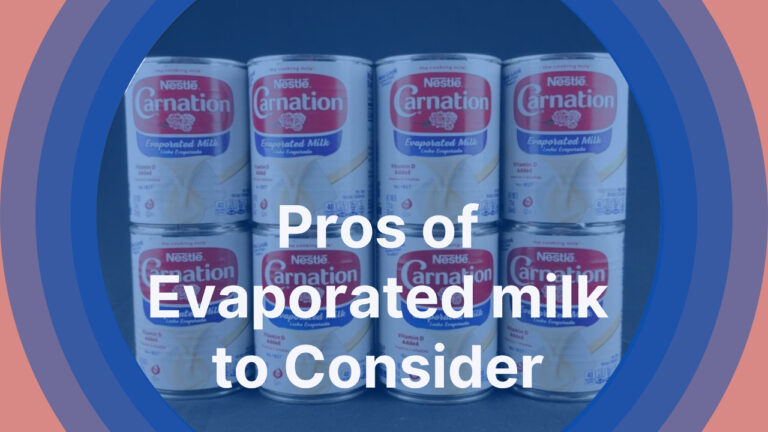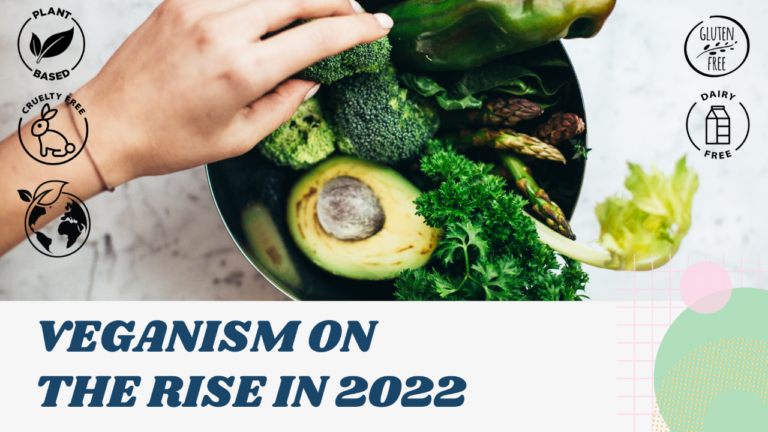Methyl cellulose is a water-soluble polymer derived from plants that are used as a thickening additive in a variety of meals and cosmetics. It derives from cellulose, which is made from plant cell wall components. Methylcellulose can be used to diagnose or treat conditions of the stomach and intestines in addition to its specific usage as an ingredient for foods and cosmetics.
Methylcellulose is a filler that is added to processed goods to increase bulk rather than more actual ingredients. It’s an inexpensive addition that enables manufacturers of processed foods to add weight and enhance texture to their goods without altering their nutrient content. It is a common laxative active ingredient, that has been shown in animal tests to increase the risk of colon cancer at concentrations found in processed foods. Including bakery items, sauces, and frozen meals, due to its versatility as a thickener, stabilizer, and emulsifier.
Methylcellulose is Made from What?
Methylcellulose is a type of polymer that is made from cellulose, which is found in many different types of plants. It was first made in 1878 by the German chemist Hermann Staudinger by heating cellulose in the presence of acetic anhydride and sodium hydroxide.
By heating a caustic (alkali) solution and treating it with methyl chloride, cellulose—a naturally occurring material found in plant cells—can be converted into methylcellulose. The method results in the production of methylcellulose by changing the methyl groups on the molecule’s exterior. Easily incorporated into any food product, methylcellulose is a viscous, non-toxic powder. It swells thousands of times when it comes into contact with water. A variety of dishes utilize this ingredient to give the food a creamy consistency or stability.
First and foremost, you should be aware that methylcellulose is generated from natural sources. Methylcellulose is an organic substance with a white to milk-white tint that is formed from cellulose, which can be found in cotton or wood pulp. It is a powder with no flavor or odor. As a gel, methylcellulose has the unusual ability to set at high temperatures and dissolve at low temperatures. In order to mimic the feel of meat, several meat analogs contain methylcellulose.
Derivatives of Methylcellulose
Other modified celluloses include ethyl hydroxyethyl cellulose, hydroxypropyl cellulose, hydroxypropyl methylcellulose, methylcellulose, methyl ethyl cellulose, and sodium carboxymethyl cellulose.
Hydroxypropyl methylcellulose (HPMC) and hydroxyethyl methylcellulose (HEMC) are methylcellulose derivatives that enhance performance attributes. These derivatives often enhance properties like water retention, resistance to vertical surface sliding, open time, etc.
Methylcellulose has the E461 food additive code. Hydroxypropyl-cellulose, also known as E464, is more readily soluble in water. Dow Chemical manufactures methylcellulose, also referred to as “Methocel.”
Why MC in Plant-Based Foods?
Yes, methylcellulose is a commonly used ingredient in plant-based meat products due to its ability to improve the texture and binding properties of the product.
It serves as a vegetarian and vegan substitute for gelatin. Methylcellulose, a cellulose derivative that has undergone chemical modification, is present in the majority of plant-based meat products. Methylcellulose serves as a binder, adhering to uncooked food and, when heated, causing gelation, which gives food a meaty texture with genuine firmness and springiness whilst retaining moisture and enhancing the feeling of juiciness.
Basically, the white, odorless powder enhances succulence and juiciness while cooking plant-based meat products like burgers by emulsifying and gelling them together. (Because the gel is thermo-reversible, it cools down and transforms back into a viscous solution.) High-profile companies that thus use it include Nestlé’s new Awesome Burger, Impossible Foods, and Beyond Meat.
However, it’s not something people typically keep in their kitchen cabinets at home and is often used as an indication that plant-based meat products are “highly processed.”
Alternatives to MC
Consumers have now been educated to avoid products with ingredients they cannot pronounce or that they do not use at home. Methylcellulose falls under both of these categories, so formulators are currently searching for a substitute that will have the same functionality as methylcellulose and provide a cleaner label.
Methyl cellulose is necessary for plant-based meats in part to ensure thermal gelling, but citrus fiber can be used to add texture that won’t degrade with time or heat. Lecithin, mono and diglycerides, carrageenan, and gellan gum are examples of ingredients that can be swapped out.
Citrus fiber, a product of the juicing process, offers qualities that make it an appealing substitute for methylcellulose in plant-based meat products for a more consumer-friendly label statement (when combined with agar, native starch, and psyllium).
The Applications of Methylcellulose
Methylcellulose has many applications in the food industry. The food grade MC is a non-caloric, indigestible, and edible fiber that has a variety of functions in foods.
Bakery– Gas retention during baking promotes crumb softness, emulsion stability, freeze stability, and shelf life.
Confectionery – It can be used as a lubricant enabling easy application, and it also gives glazes and icings a creamy texture, better spreadability, and clean flavor release.
Frozen dessert– Control the formation of ice crystals, offering a smooth texture, and stabilizing emulsification
Fried foods– When fried (at a high temperature), MC gels to form the structure and absorb less oil.
Other food items– To stabilize the emulsion and increase shelf life, methylcellulose is used in other items including toppings, salad dressing, and sauces. It can also act as a bulking ingredient in gums, syrups, and jellies to add fiber content without affecting the value of the available energy.
The Permissible Concentration of MC in Food
FAO / WHO (1984) canned citrus can have 10Mg/kg of an anti-haze ingredient, and 10g/kg for cold beverages.
It can be used as an emulsion stabilizer for ice cream (0.05%), salad dressings (0.75%), and bread (0.2–0.3%).
Is Methylcellulose Safe?
The regulatory status is listed as GRAS, approved as an ingredient in food in the USA, Europe, and Japan.
- Food and Drug Administration (FDA)
When utilized in accordance with a good manufacturing procedure and has a methoxy level between 27.5% and 31.5% on a dry-weight basis, methylcellulose is generally recognized as safe (GRAS). It can be used as a stabilizer or thickening in food, a taste enhancer, and an emulsifier or emulsifier salt.
- European Food Safety Authority (EFSA)
The Commission Regulation (EU) No 231/2012 lists Methylcellulose (E 461) as a permitted food additive under the heading “additives other than colors and sweeteners.”
- 2017 safety reevaluation
The EFSA concluded that there was no requirement for a numerical ADI and that E461’s claimed uses and use levels would not pose any safety risks.
- Food Standards Australia New Zealand
With code number 461, MC is a recognized ingredient in both Australia and New Zealand.
- Joint (FAO/WHO) Expert Committee on Food Additives (JECFA)
Function Class: thickeners, stabilizers, emulsifiers, and food additives.
Acceptable Daily Intake (ADI) is “not specified” and has been since 1989.
Possibilities for Side Effects
Customers frequently wonder whether methylcellulose is harmful to their health and what its adverse effects are. Health concerns are minimal, although some people may be allergic, and issues can arise from an overdose. Hives, wheezing, trouble breathing, and swelling of the face, lips, tongue, or throat are examples of allergic reactions.
Now you might have another relevant query: Is it gluten-free? To answer this question, MC is FDA-certified as gluten-free and free of wheat, rye, barley, or their hybrids. Therefore, those who are intolerant to gluten can also eat food products containing MC without any problems.
References
- Han, J. (2020). What is Methylcellulose (E461) in Food: Uses, Safety, Side effects. [online] foodadditives.net.
- foodnavigator-usa.com (2019). Fiberstar touts citrus fiber as consumer-friendly alternative to methyl cellulose in plant-based meats. [online] foodnavigator-usa.com.
- Vitafoods Insights. (2021). Ingredient replacements in the alternatives category. [online]
- www.chemicalbook.com. (n.d.). Methyl cellulose | 9004-67-5. [online] Available at: https://www.chemicalbook.com/ChemicalProductProperty_EN_cb3474718.htm



Methylcellulose